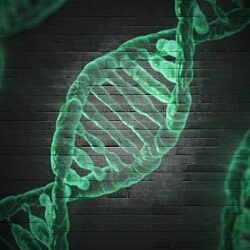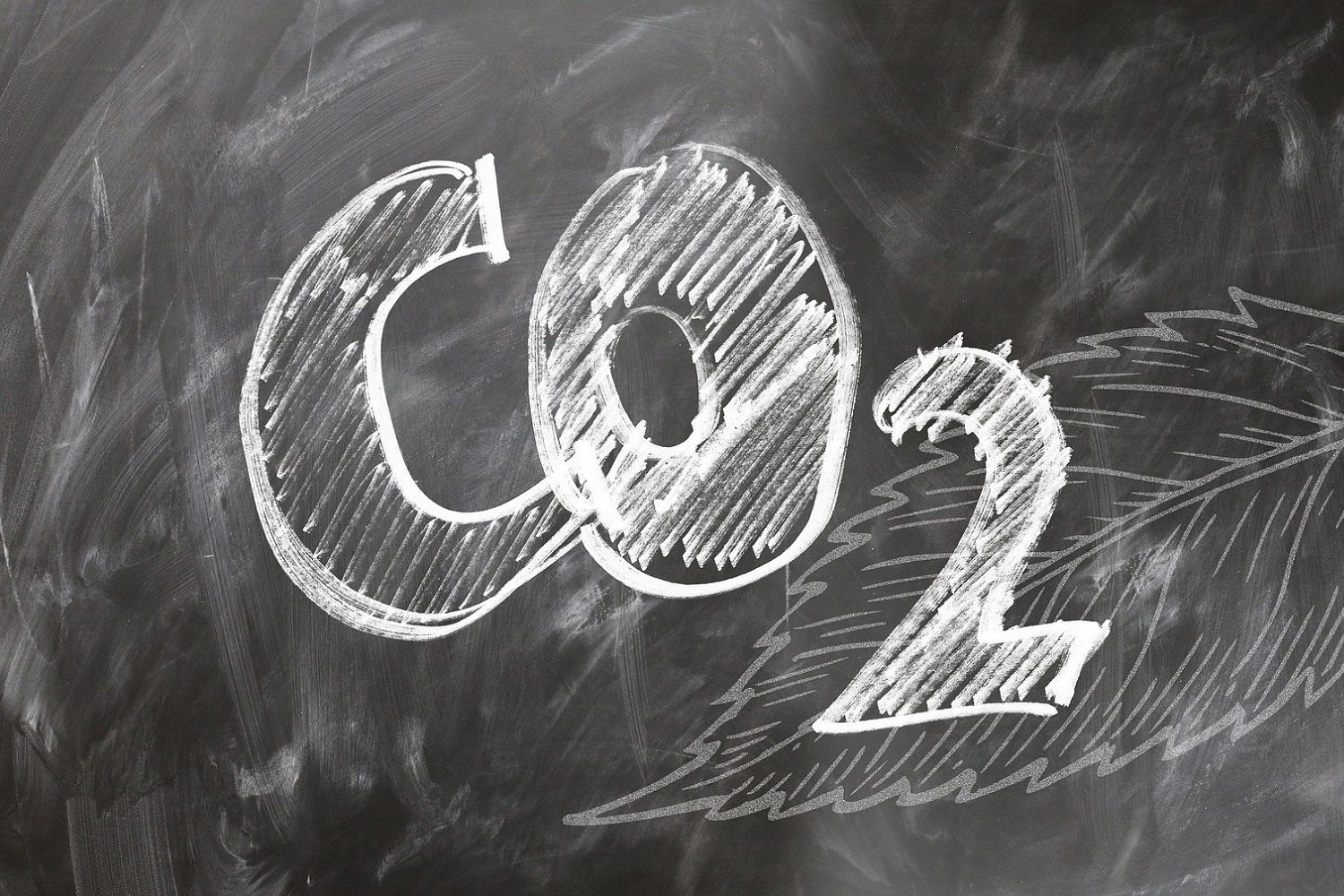Interesting facts about activated carbon
People may have noticed the sorption properties of charcoal long ago, but the first documented confirmation of this phenomenon was not made until the late 18th century. In 1773, the Swedish chemist Carl Scheele studied the adsorption of gases on charcoal. And in 1785, Russian chemist Toviy Yegorovich Lovitz discovered that charcoal could decolorize certain liquids. This discovery led to the first industrial application of charcoal – it was used in a sugar factory (for purifying sugar syrup) in England in 1794.
The 19th century passed in a vigorous study of a variety of charcoals, from charcoal to bone charcoal, their derivation, properties, and applications. The main areas of application were sugar production and the wine industry. Finally, in 1900, two methods of producing activated coals were patented:
- Heating plant materials with metal chlorides;
- Activation with carbon dioxide and water vapor when heated.
It is the second method that is now the main way of obtaining activated coals.
How do they get
The main raw materials are natural materials: charcoal, sawdust, peat, walnut shell charcoal, hard coal, coke, lignite, etc.
For example, about 36% of carbon sorbents are produced from wood, the second most common is hard coal (28%). Lignite produces 14% of porous carbon materials, from peat – about 10%.
About 10% is made from coconut shells.
In ordinary coal the pores are closed, it cannot absorb other substances, it needs to be activated. That is why there are various activation technologies, i.e. opening of pores, increasing their number and size.
The basic principle is that the base material is placed in a furnace and treated with a mixture of air, water vapor and carbon dioxide at a temperature of 800-1000 degrees Celsius. In the process, the structure of the material is changed and a large number of pores are formed in it, which determine the properties and application of activated coals.
As a rule, the active surface area of 1 gram of such carbon is 1-4 square meters.
Structure
Activated carbons are tiny crystals composed of interconnected flat hexagons formed by carbon atoms. These hexagons form layers that are randomly shifted relative to each other. Thus, micropores are formed, which provide retention in the coal of a variety of molecules of other substances. This is why this material is called, in addition to all the names already heard, carbon molecular sieves (by the way, there are also very interesting inorganic molecular sieves, zeolites). Also, you have probably often heard the word “sorbent” – this is also about carbon, just because of the large number of pores it is an excellent sorbent.
Activated carbon is not only the chemical element carbon, there are other elements that go into it in the process of production:
- 93-94% carbon;
- 0.7-1% hydrogen;
- 4.7-5.3% oxygen;
- 0.3-0.6% nitrogen and some others in trace amounts, such as chlorine or sulfur.
Application
The production of porous coal materials worldwide amounts to about one million tons per year.
The main applications are:
- Purification of air and gases in industry;
- purification of solutions in industry;
- adsorption of gasoline vapors emitted by machines;
- air cleaning in crowded areas (e.g., airports);
- gas masking to protect people from hazardous substances (gas masks);
- production of protective fabrics (they contain finely dispersed activated carbon and protect people from toxic gases);
- use as a catalyst in some technological processes;
- Metal enrichment (e.g., gold);
- use as a filter in some cigarettes;
- medical applications.
As for solutions, what this includes:
- purification of sugar syrup in the production of sugar;
- purification of edible fats and oils;
- purification of pharmaceuticals (e.g. gelatin, caffeine, insulin, quinine, etc.);
- Purification of alcohol, beer, wine, fruit juices;
- Potable water treatment;
- treatment of domestic and industrial wastewater.
Medical Use
The medical use of charcoal has been known since 1550 BC from an old Egyptian papyrus. In addition, in 400 BC, Hippocrates described the treatment of poisoning with charcoal.
Nowadays, activated charcoal is used as an enterosorbent – so called preparations that have a high sorption capacity, while not being destroyed in the gastrointestinal tract and can bind various substances that have entered the body. The main ways of binding:
- adsorption,
- ionic exchange,
- complexation.
Activated charcoal is sold in pharmacies in the form of tablets and powder. Just recently I was looking for information on charcoal in the Komarovsky’s guide “Medicines” and was amazed at how many preparations there are, it turns out, for regular activated charcoal! Belosorb, carbactin, carbolong, carbomix, carbosorb and many others. There are powders, pellets, and capsules.
But the search through the online stores of our Kazakhstani pharmacies showed a dismal picture – only the classic activated carbon in tablets of 0.25 g.

